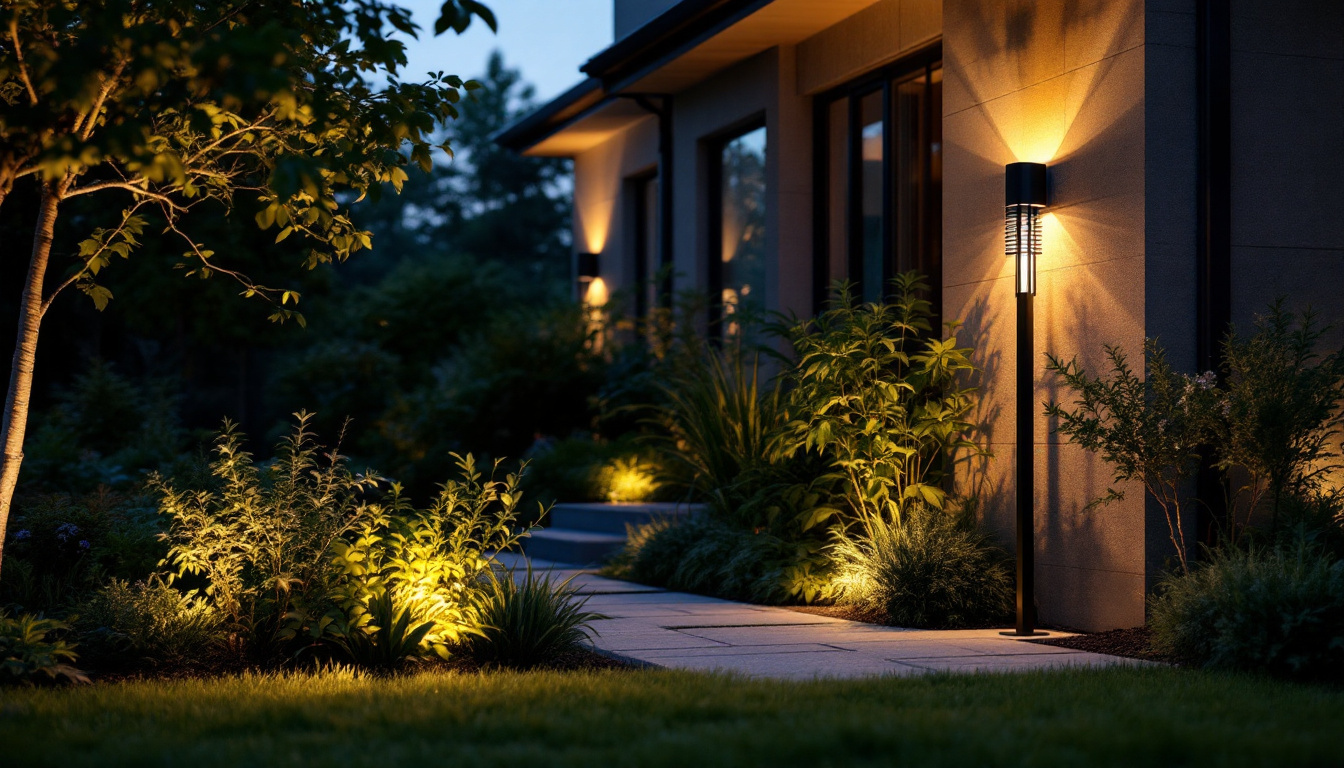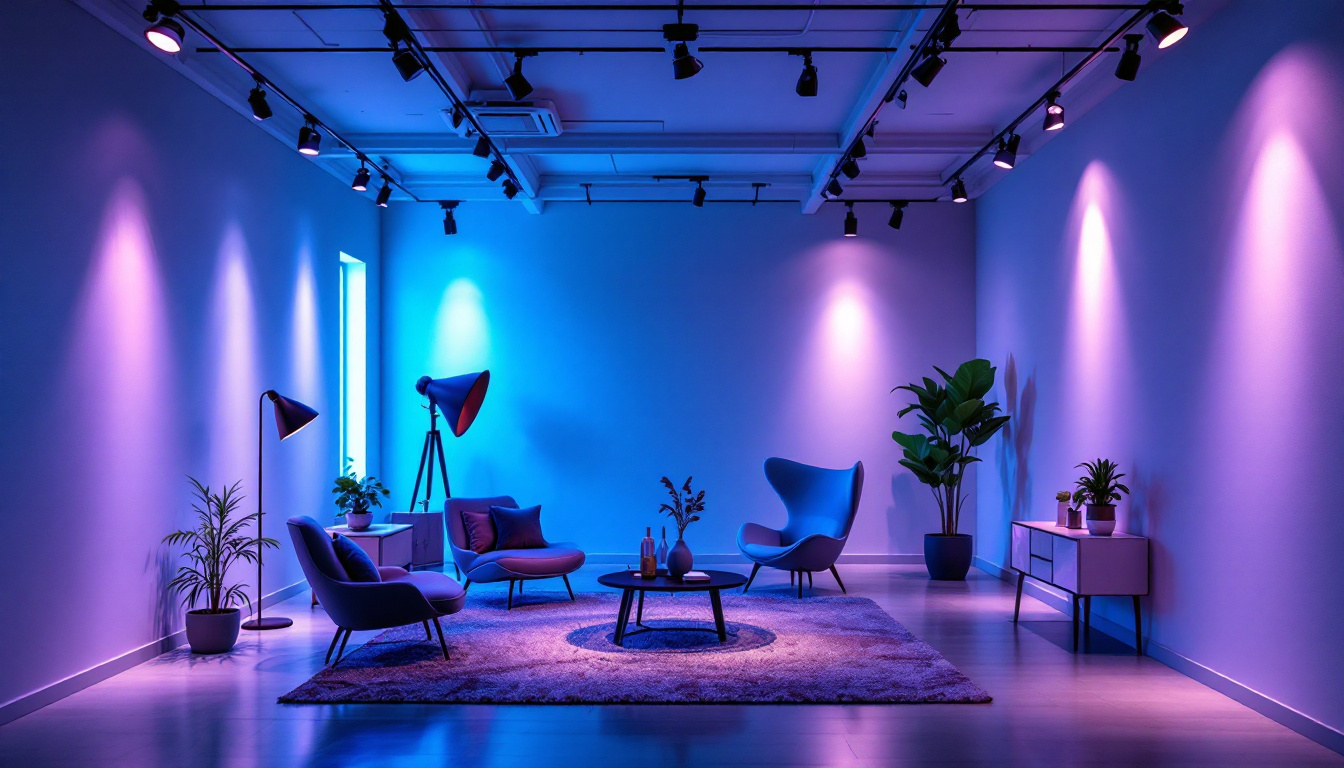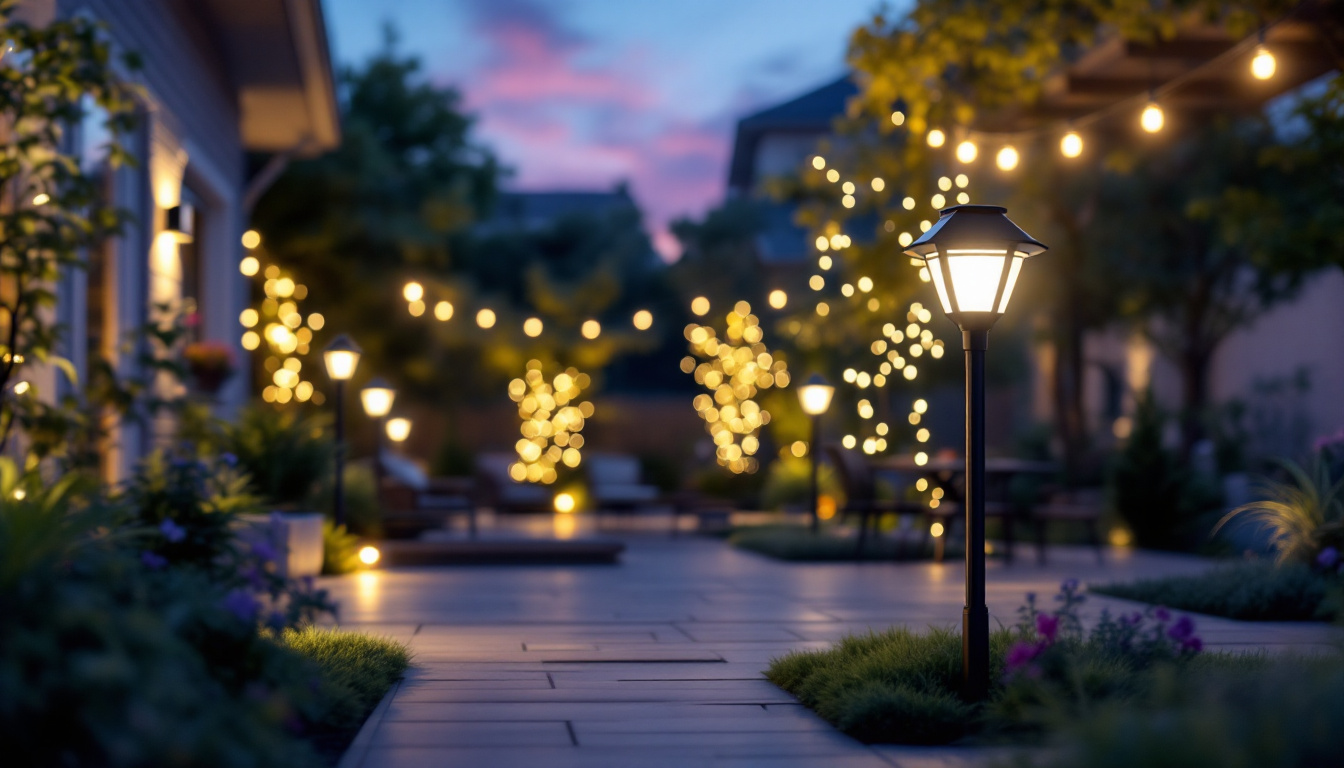

Lighting contractors play a pivotal role in the design and implementation of effective lighting solutions for various spaces. Among the many tools available to them, troffers stand out as essential components in both commercial and residential lighting projects. Understanding what troffers are and how to utilize them effectively can enhance a contractor’s ability to meet client needs and improve overall project outcomes.
Troffers are recessed lighting fixtures that are typically installed in a grid ceiling. They provide uniform illumination and are commonly used in offices, schools, and retail spaces. The design of a troffer allows it to blend seamlessly into the ceiling, creating a clean and modern aesthetic.
These fixtures come in various sizes, shapes, and configurations, allowing contractors to choose the right option based on the specific requirements of a project. Standard sizes include 1×4, 2×2, and 2×4 feet, with options for LED, fluorescent, and other lighting technologies. The versatility of troffers makes them an ideal choice for a wide range of environments, from corporate offices that require bright, focused light for productivity, to retail spaces that benefit from softer, more ambient lighting to enhance the shopping experience.
There are several types of troffers available, each designed for specific applications. LED troffers have gained popularity due to their energy efficiency and long lifespan. They provide bright, even light and can be dimmed for added versatility. Additionally, LED troffers often come with features such as color temperature adjustments, allowing users to select the warmth or coolness of the light to suit different tasks or moods. This adaptability is particularly valuable in multi-purpose spaces where lighting needs may change throughout the day.
Fluorescent troffers, while less common in new installations, are still found in many existing buildings. They are often less expensive upfront but can incur higher energy costs over time compared to their LED counterparts. Moreover, fluorescent troffers may require more frequent maintenance due to the shorter lifespan of fluorescent bulbs. As a result, many facilities managers are transitioning to LED options, not only for cost savings but also for the reduced environmental impact associated with lower energy consumption and less frequent bulb replacements.
Specialty troffers, such as those designed for high ceilings or specific lighting needs, are also available. These can include troffers with adjustable optics or integrated sensors for enhanced functionality. For instance, some models feature occupancy sensors that automatically adjust lighting based on the presence of people in the room, contributing to energy savings and increased convenience. Furthermore, troffers designed for high-bay applications can provide powerful illumination for warehouses or gymnasiums, ensuring that every corner of the space is well-lit and safe for use.
For lighting contractors, understanding the importance of troffers is essential for delivering high-quality lighting solutions. Troffers not only enhance the aesthetic appeal of a space but also contribute to energy efficiency and occupant comfort.
Properly installed troffers can significantly reduce energy consumption, which is a key consideration for many clients. With the increasing emphasis on sustainability, contractors who can provide energy-efficient solutions will find themselves in high demand.
Energy-efficient lighting solutions are no longer just a trend; they are a necessity. Troffers, particularly those utilizing LED technology, can reduce energy consumption by up to 75% compared to traditional incandescent lighting. This not only lowers utility bills for clients but also supports environmental sustainability efforts.
Moreover, many regions offer incentives for energy-efficient installations, making troffers an attractive option for clients looking to save money while also being environmentally conscious. Lighting contractors who are knowledgeable about these incentives can provide added value to their services.
The quality of lighting in a workspace can significantly impact productivity and employee well-being. Troffers provide uniform illumination that reduces shadows and glare, creating a more comfortable environment for employees. This is particularly important in office settings where prolonged exposure to poor lighting can lead to eye strain and fatigue.
By selecting the right troffer for a specific application, contractors can help create spaces that not only look good but also promote better work performance. This understanding of the relationship between lighting and productivity can set a contractor apart in a competitive market.
Installing troffers requires careful planning and execution. Lighting contractors must consider several factors to ensure a successful installation that meets both aesthetic and functional requirements.
One of the primary considerations is the layout of the troffers. proper spacing is crucial to achieve even light distribution throughout the space. Contractors should take into account the height of the ceiling, the size of the fixtures, and the intended use of the area when determining the layout.
Troffers are typically installed in suspended ceilings, but they can also be used in drywall ceilings with the appropriate mounting hardware. Understanding the different ceiling types and their associated installation techniques is essential for a successful project.
In suspended ceilings, troffers can be easily integrated into the grid system. However, for drywall ceilings, contractors may need to use recessed mounting kits or other specialized hardware to ensure a secure fit. This added complexity requires a thorough understanding of the installation process and the tools needed.
Electrical considerations are another critical aspect of troffer installation. Proper wiring is essential to ensure that the fixtures operate safely and efficiently. Contractors must adhere to local electrical codes and regulations, which can vary by region.
Additionally, the choice of dimming systems and controls can enhance the functionality of troffers. Smart lighting systems that allow for remote control and automation are becoming increasingly popular. Contractors should stay informed about the latest technologies to provide clients with the best options available.
Even the best-installed troffers will require maintenance over time. Understanding how to maintain these fixtures and troubleshoot common issues can save contractors and their clients time and money.
Regular cleaning is essential to ensure optimal performance. Dust and dirt can accumulate on the lenses, reducing light output and affecting the overall appearance of the space. Contractors should educate clients on the importance of routine maintenance and provide guidance on how to clean the fixtures safely.
Lighting contractors should also be prepared to address common issues that may arise with troffers. Flickering lights, for example, can be caused by a variety of factors, including faulty bulbs, poor connections, or incompatible dimming systems. Identifying the root cause of the problem is crucial for effective troubleshooting.
In some cases, replacing a faulty bulb or re-tightening connections may resolve the issue. However, if problems persist, contractors may need to evaluate the entire lighting system to determine if there are underlying issues that need to be addressed.
Selecting the appropriate troffer for a specific project involves considering various factors, including the space’s design, purpose, and lighting requirements. Contractors must assess the needs of their clients and recommend troffers that align with those needs.
For instance, in a conference room where presentations are common, a troffer with adjustable optics may be beneficial to minimize glare on screens. In contrast, a retail space may require troffers that enhance product visibility while creating an inviting atmosphere.
Effective communication with clients is vital when selecting troffers. Contractors should engage in discussions about the desired lighting effects, energy efficiency goals, and budget constraints. By understanding the client’s vision and requirements, contractors can recommend the best troffer options tailored to their needs.
Additionally, showcasing samples or mock-ups can help clients visualize the final outcome. This collaborative approach not only builds trust but also ensures that the final installation meets or exceeds client expectations.
The lighting industry is continuously evolving, and staying informed about future trends is essential for lighting contractors. Innovations in technology, design, and sustainability are shaping the future of troffer lighting.
One significant trend is the increasing adoption of smart lighting systems. These systems allow for greater control over lighting conditions, enabling users to adjust brightness, color temperature, and even scheduling through mobile apps or voice commands. Contractors who are knowledgeable about these technologies can offer clients cutting-edge solutions that enhance their lighting experience.
As sustainability becomes a priority for many businesses and homeowners, the demand for eco-friendly lighting options is on the rise. Troffers that utilize recycled materials or have energy-efficient certifications are becoming more popular. Contractors should seek out manufacturers that prioritize sustainability in their products.
Additionally, educating clients about the benefits of sustainable lighting solutions can position contractors as experts in the field. This knowledge can lead to increased client satisfaction and repeat business as more customers seek environmentally responsible options.
Troffers are essential tools for lighting contractors, offering versatile lighting solutions that meet a variety of needs. By understanding the different types of troffers, installation considerations, and maintenance requirements, contractors can deliver high-quality lighting solutions that enhance the spaces they work in.
As the lighting industry continues to evolve, staying informed about trends and technologies will be crucial for contractors looking to remain competitive. By embracing energy efficiency, sustainability, and smart lighting systems, lighting contractors can not only meet client expectations but also contribute to a brighter, more sustainable future.
Ready to enhance your lighting projects with the most efficient, sustainable, and smart troffer solutions? Look no further than LumenWholesale, where we provide lighting contractors with spec-grade lighting products at unparalleled wholesale prices. Our commitment to quality and affordability ensures that you have access to a wide range of reliable, high-performance lighting options to meet any project’s needs. Plus, with the convenience of free shipping on bulk orders, you can trust that you’re getting the best value without any hidden costs. Elevate your lighting game and discover the best wholesale lighting value at LumenWholesale today.

Discover how Yard Light Eye is revolutionizing the future of lighting design and installation with cutting-edge technology and sustainable solutions.

Discover the essential insights lighting contractors need to master track lighting installations.

Discover the latest advancements in solar outdoor lighting and why it’s essential for lighting contractors to stay informed.

Discover essential tips and expert advice for lighting contractors to excel in their craft.
Get notified when NEW deals are released.
Optimize your budget with wholesale discounts.
Only top-quality, specification-grade lighting products.
No additional costs at checkout - what you see is what you pay.
We understand the unique needs of contractors.